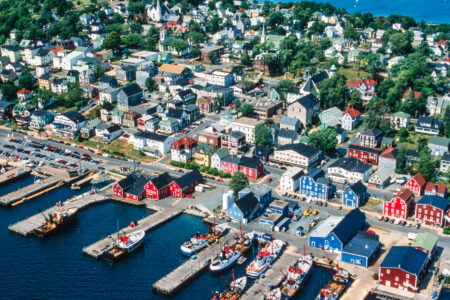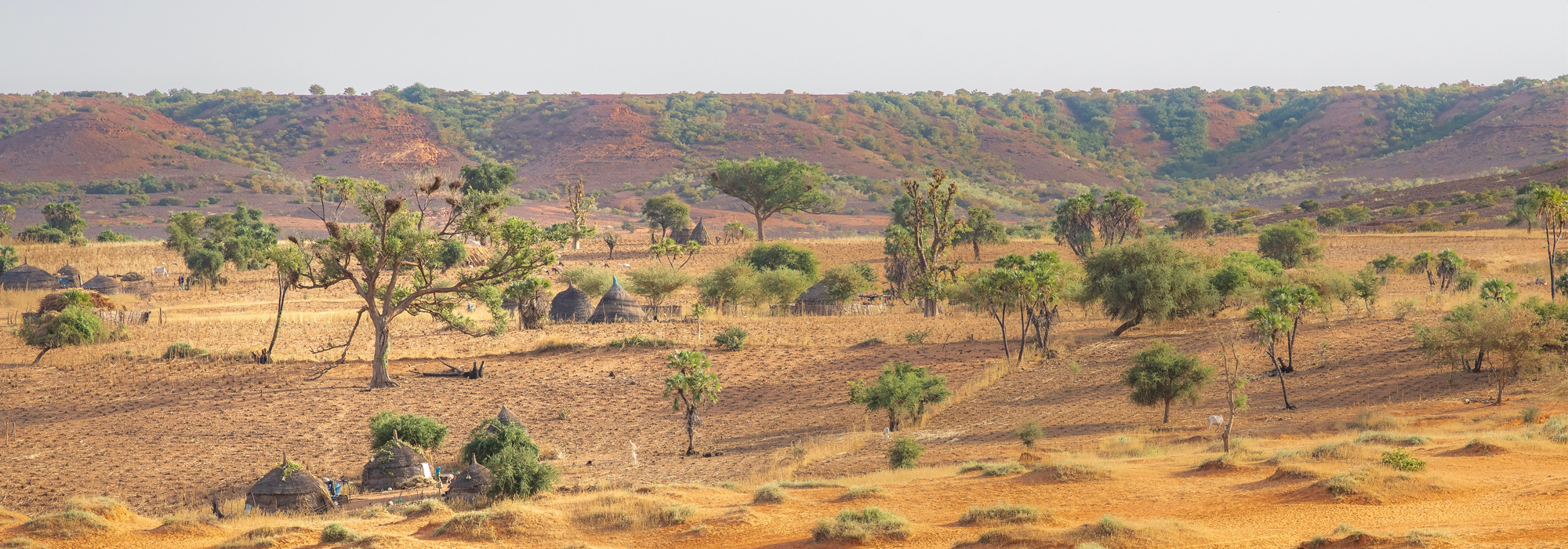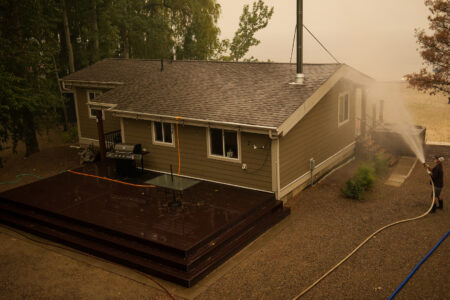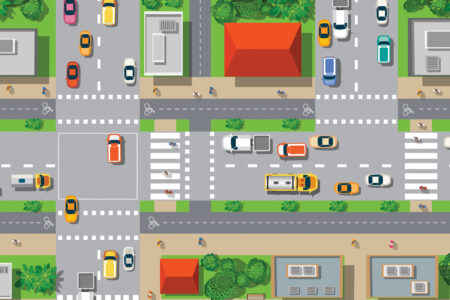
Ioane Teitiota fled from Kiribati, an island country in the central Pacific, to New Zealand in 2010. He was the first human face of what have now been called “climate change refugees.” He applied for asylum based on rising sea levels in his country: « I’m the same as people who are fleeing war,” he said. “Those who are afraid of dying, it’s the same as me. » But his refugee claim was rejected, and in 2015 he was deported for overstaying his visa. As a result of his case, the government of New Zealand announced in 2017 that it was considering creating a visa category to help relocate Pacific island citizens displaced by climate change.
Teitiota’s case went all the way to the UN Human Rights Committee. On January 20, 2020, the committee ruled that climate migrants cannot be returned to countries where their lives might be threatened by the climate crisis. Experts say the judgment is the legal tipping point that opens the door to protection claims for people whose lives and well-being have been threatened by the effects of climate change. While the judgment is not formally binding on countries, it points to legal obligations that countries have under international law.
The climate emergency is already upon us. Extreme weather has increased the level of human movement both within countries and across international borders. Canada and the rest of the developed world need to adopt an adequate and compassionate response to this crisis.
In 2018, there were 28 million newly displaced people across 148 countries, and natural disasters caused the movement of 17.2 million of them. As far back as 1990, the Intergovernmental Panel on Climate Change predicted that the greatest single result of climate change could be human migration. In 2015 and 2016, millions of Africans from the Sahel region sought refuge in Europe, pushed by droughts and desertification due to climate change. This was set against the backdrop of erratic rainfall, land degradation, population growth, political instability, insecurity and lack of coherent environmental policies, the UN Environment Programme says. The region has become a barren land with poor soil and no water resources. Climate-related displacement and migration will continue to be a challenge for years to come.
Convention refugees
The media often call these migrants “climate refugees.” This has caused some confusion because the term does not exist in international law.
Many experts on forced-migration believe we should not use the term climate refugees because the 1951 UN Convention defines a refugee as a person who is outside their country of nationality and unwilling to return due to the fear of being persecuted for reasons of race, religion, nationality, membership of a particular social group or political opinion.
These experts include professor Alexander Betts of University of Oxford, who believes that reopening the 1951 convention to include the term would be impractical, and that it could overwhelm the mandate of the UNHCR and undermine the protections offered to convention refugees. Those protections include the right to safe asylum in the receiving country, with access to medical care, schooling and the right to work, so refugees can become self-sufficient as soon as possible. Nina Birkeland, a senior adviser on disaster and climate change in for the Norwegian Refugee Council, thinks reopening it, as nationalism and anti-immigrant sentiments sweep across the US and Europe, might make things worse for the people the convention aims to protect. The UNHCR has refused to grant these migrants refugee status. This is in part due to lack of resources to address their needs. Instead, it designates them “environmental migrants.”
Other scholars, such as Aurelie Lopez and Jessica B. Cooper argue that the 1951 convention should be interpreted to include “environmental migrants” as a “social group.” Still others say that “government-induced environmental degradation” should be deemed a form of persecution.

Environmental migrants
Strictly speaking, becoming a refugee means crossing an internationally recognized border. Since environmental migration can also take place within a country, referring to these migrants as “refugees” is inaccurate. Those displaced within their own country are recognized by the UNHCR as “internally displaced persons.”
A better way to describe this group is to clarify our understanding of climate or environmental migrants. The International Organization for Migration (IOM) defines environmental migrants as “persons or groups of persons who, for compelling reasons of sudden or progressive changes in the environment that adversely affect their lives or living conditions, are obliged to leave their homes or choose to do so, either temporarily or permanently, and move either within their country or abroad.”
Climate migrants are not refugees, but they deserve the same protections as convention refugees. The intersection of climate change and migration requires new, nimble, and comprehensive solutions. The IOM encourages the full use of all existing bodies of domestic, regional, and international laws on displacement and disaster management to find ways of accommodating environmental migrants.
At the global level, we must ensure that national and international laws accommodate climate migrants.
A Canadian response
Canada also needs to step up in response to the crisis of climate migration. The Immigration and Refugee Protection Act (IRPA), the primary federal legislation regulating immigration, is not designed to accommodate climate migrants. But a parliamentary background paper from 2010 says: “If Canada decided to extend refugee-type protection to climate migrants, legislative changes not necessarily be required. Regulatory changes or policy direction alone could suffice.”
There are three areas of the IRPA that could be adjusted to accommodate climate migrants:
- The Minister of Immigration, Refugees and Citizenship could temporarily suspend removal orders for people who become displaced while in Canada. This was done for Haitian visitors who were in Canada and could not go back to their country, after the 2010 earthquake.
- Permanent residency could be granted on humanitarian and compassionate grounds.
- Refugees can apply to immigrate through the Private Sponsorship of Refugees program.
What’s more, Canada has an ethical obligation to respond.
Despite its small population, Canada is complicit in the climate crisis. It is the 9th largest climate polluter in the world. It has disproportionately benefited from the combustion of fossil fuels, as one of the top five producers of oil and gas. Most Canadians have benefited greatly from the wealth generated by the fossil fuel boom. The country is wealthy, and it has enough resources to adapt to climate-related stressors and to help developing countries to respond to climate change.
Canada has a critical role to play in addressing the climate crisis by reducing greenhouse gas emissions. In the meantime, we must also do more to accommodate climate migrants. By clarifying existing laws and reinforcing mechanisms to resettle these migrants, Canada can live up to its reputation as a welcoming land for refugees.
Photo: Desert conditions near the city of Niamey, Sahel region, Niger. Shutterstock, by mbrand85.
Do you have something to say about the article you just read? Be part of the Policy Options discussion, and send in your own submission. Here is a link on how to do it. | Souhaitez-vous réagir à cet article ? Joignez-vous aux débats d’Options politiques et soumettez-nous votre texte en suivant ces directives.








